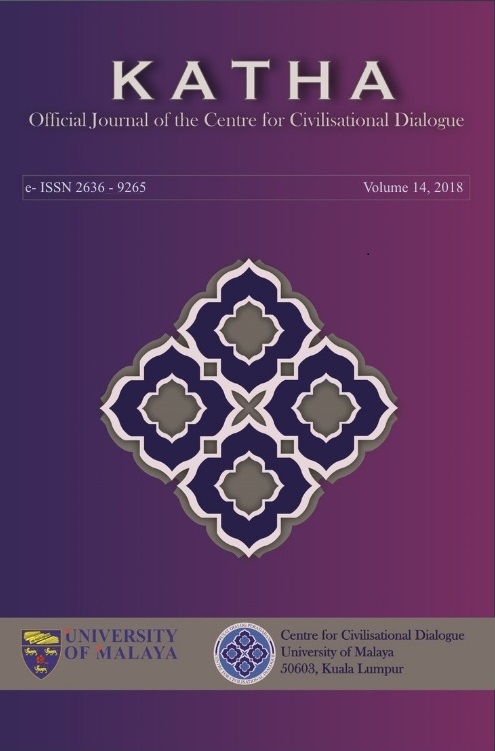The Historical Approach between Ibn Hishām and Ibn Saʿd in Sīrah Nabawiyyah
DOI:
https://doi.org/10.22452/KATHA.vol14no1.3Keywords:
Ibn Saʿd, Ibn HishÄm, SÄ«rah Nabawiyyah, Biography, Prophet MuḥammadAbstract
Sīrah Nabawiyyah has been the most widely used name for the traditional account of life and background of Prophet Muḥammad (PBUH). In the period of ninth century, Islamic literatures and biographies of the Prophet Muḥammad (PBUH) were actively developed as a reflection on the needs of Muslim community. Among the famous of the extant texts composed in the medieval Islamic genre is Sīrah Nabawiyyah by Ibn Hishām (d. 218/833 or 213/828) who rests mainly on his selection from the work of Ibn Isḥāq, and Kitāb al-Ṭabaqāt al-Kubrā by Ibn Saʿd (d.230/845) who compiled it from the works of his predecessors, specially al-Wāqidī and al-Kalbī. There are some studies conducted by Muslim and western scholars on the background of Ibn Hishām and Ibn Saʿd‘s works, however, the differences in the approach of writing Sīrah Nabawiyyah between them are hardly found. Thus, the present study aims to explore the style or pattern of historical approach applied by these two scholars on the biography of the Prophet Muḥammad (PBUH). The study is qualitative in nature, in which the researcher employed descriptive, comparative and source-critical approaches where it analyses and extract the approach used by the authors in writing Sīrah Nabawiyyah. The study in its finding infers that there are two opposing patterns of historical approach employed by Ibn Hishām and Ibn Saʿd in writing Sīrah Nabawiyyah.
Downloads
Downloads
Published
How to Cite
Issue
Section
License
Articles submitted to the journal should not have been published before in their current or substantially similar form, or be under consideration for publication elsewhere. Authors submitting articles for publication warrant that the work is not an infringement of any existing copyright and will indemnify the publisher against any breach of such warranty. For ease of dissemination and to ensure proper policing of use, papers and contributions become the legal copyright of the publisher unless otherwise agreed. By submitting a manuscript, the author(s) agree that copyright for the article is transferred to the publisher, if and when the manuscript is accepted for publication. However, it can be reprinted with a proper acknowledgment that it was published in KATHA.

This work is licensed under a Creative Commons Attribution-NonCommercial-NoDerivatives 4.0 International License.




